Les Jardins de Spiktri / Spiktri’s GardensFlorent Hamel (known as F. Spiktri) (b. 1971)
Extant
Montséret, Languedoc-Roussillon, 11200, France
F. Spilktri welcomes visitors to his gardens between April and October; during the winter months, he asks that visitors call ahead to make arrangements to view his work.
About the Artist/Site
Florent Hamel was born in Nimes (Gard) in southern France. Although he never formally studied art, Hamel turned to artwork to help him deal with the challenges of his youth, and he became a prolific graffiti tagger and muralist. At that time he took the tagger name Spiktri, which he still uses today as his professional artist name. He explains that the name refers to the forms Spiral (which he links with life itself), carré [square] (the k, tagger’s transposition of the “c” in carré, denotes women), and triangle (which he links with men), from which all concepts of life can be drawn. (Spi-k-tri can also be a slang spelling for psychiatrie [psychiatry].)
At age 24, Hamel took some of his work—copies of others’ paintings—to a professional in Béziers, hoping to receive accolades for his technical skill and the possibility of selling his paintings. But the professional chided him, telling him rather graphically that copying was not for him, and that he needed to express what was in his gut. He also told him to work big while he was young, as he would be unable to do so later. This advice changed his approach to his art and his life.
In 2007 Hamel created the “Aggressive Art” movement in order to explore such societal issues as suicide, politics, and war. He sees these violent subjects as linked to the male paradigm. At the same time, in contrast, he created the movement “Love Revolution,” linked to the female, which is peaceful and loving; in this body of work he explores themes of love, sensuality, and beauty. Most of his work can be placed into one of these two sections.
In 2010 Spiktri began creating a large installation in which he could link art and nature on a 13,000 square meter site in a rural neighborhood outside of Montséret. He built four small vacation rental houses on the property, each with its own small swimming pool, and he says that this real estate purchase has enabled him to earn money while also having the time to work on his art. Spiktri and his family welcome visitors to stay in the small homes during the summer. Each small house is self-contained, with a kitchen and internet connections; on the walls separating the buildings Spiktri has painted large tableaux; others, on canvas, are hung in the interior of the houses.
In the gardens, separate areas pertain to the different paradigms. Toward the entrance are hearts enclosed in niches and freestanding female figures—long and tapered, referencing the planted cypress nearby. Toward the rear of the property are what he calls “sculpture street art,” using recycled materials including soda and empty spray paint cans, wire, shoes, toys, car parts, old surfboards, and driftwood. Working on a base of reinforced concrete or fiberglass, he may cover the surfaces with broken pieces of glass, mirrors, or resin, and may later paint them with the same aerosol paints that he used in his graffiti. He also makes many works out of metal. Among the works in this section is a monumental skull, flanked with assemblage figures representing Kim Jung Un and Kim Jung Il, the Korean leader and his deceased father. There is also a three-dimensional Mona Lisa with a gun, and a variety of other works created from found objects including old car parts. In front of the vacation homes is the figure of a giant boxer around 10 feet high created from over 2 kilometers (1.2 miles) of steel wire, which required 4000 welds to complete, as well as a tree whose trunk is sheathed in ceramic and mirror pieces. Although to date Spiktri has worked out of a studio in Montséret, attached to the house in which he and his family lives (and which is also full of his artwork, including a monumental bull sculpture), he hopes to add a large studio at the vacation home site this year.
Spiktri is currently most proud of a new crypt that he opened to the public (to my husband and myself) for the first time on July 8, 2014, as he had just finished it. This is a long shelter constructed from gunnite/fiberglass sprayed over a steel infrastructure fabricated from the braces used to support grapevines. This long shelter undulates with angular shapes within and without; on the interior, every niche displays a skull, each created from different recycled materials, glued or welded together. Lasers at both end of the corridor shoot sparkling colored lights throughout. This section is the male/aggressive art section; he will soon install a series of female torsos to a corridor that will be found to the left, at a right angle to the existing corridor: this will be the female/love revolution section. Leaving this dark, crypt-like space, the visitor will emerge into the light to see a monumental heart created from metal scraps, roughly 15 feet high.
Spiktri works quickly and prolifically, and says that he disdains the art world to create his own works outside of the mainstream. He does, however, participate in certain art fairs and gallery exhibitions, although he often refuses if collectors ask to purchase his work, because he feels that all of the works together constitute his oeuvre. He refuses to close himself within one artistic style or medium: he paints, sculpts, and designs clothes, this latter a relatively new venture that, although currently in the prototype stage, he hopes will be remunerative in the future.
F. Spiktri welcomes visitors to his gardens between April and October; during the winter months, he asks that visitors call ahead to make arrangements to view his work.
~Jo Farb Hernández, 2014
Contributors
Map & Site Information
Montséret, Languedoc-Roussillon, 11200
fr
Latitude/Longitude: 43.103899 / 2.810051
Nearby Environments


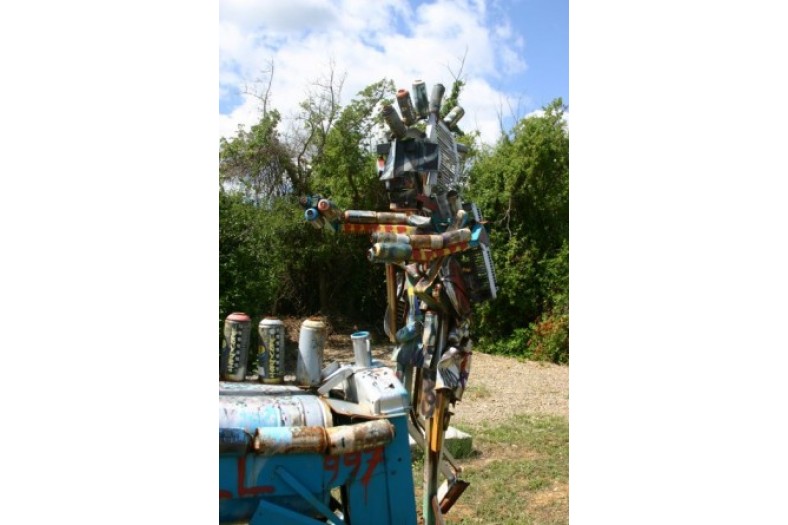
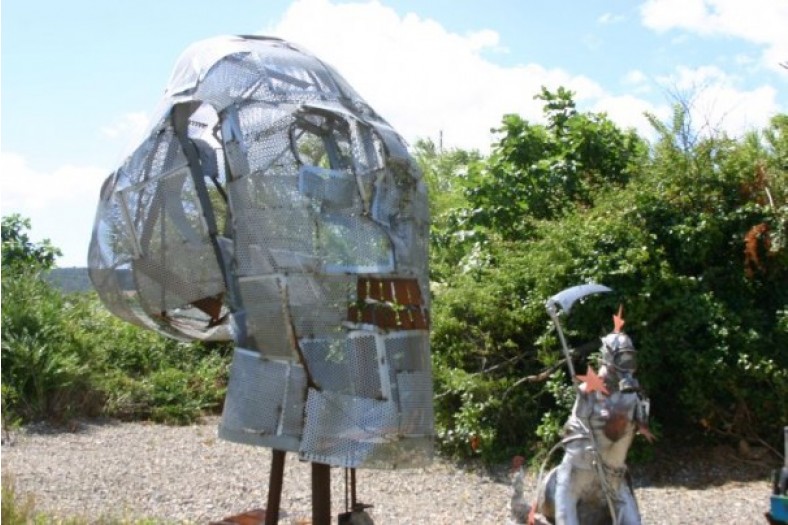
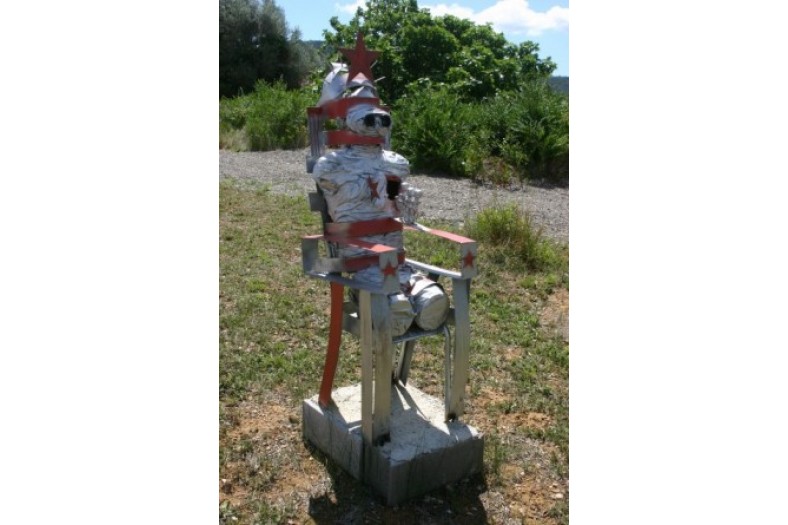
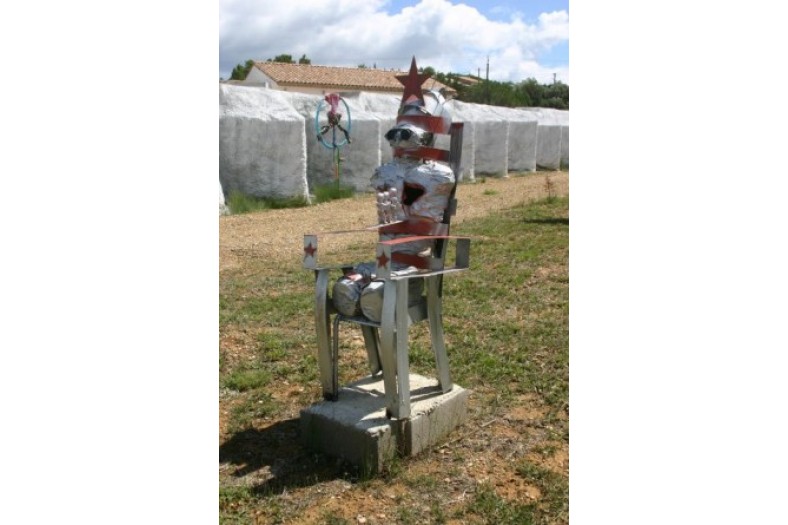
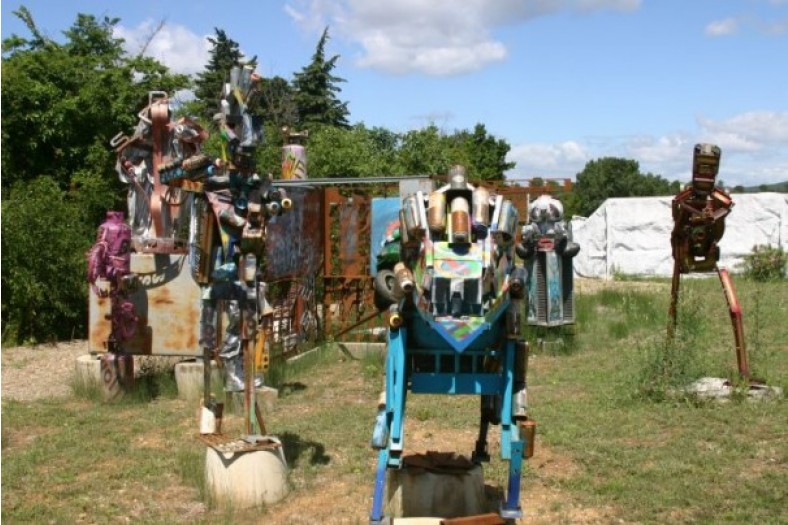
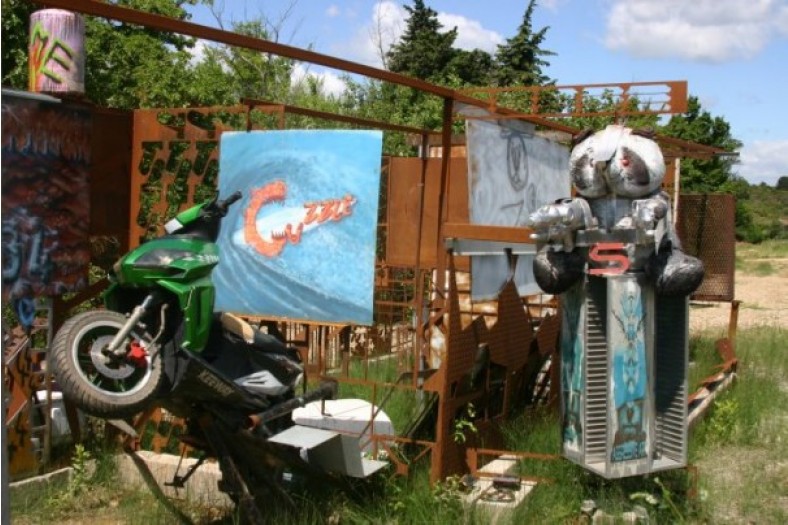
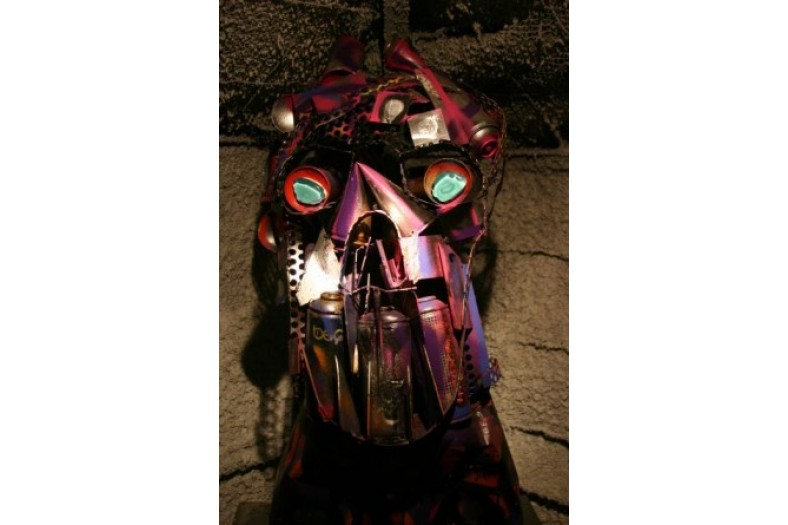
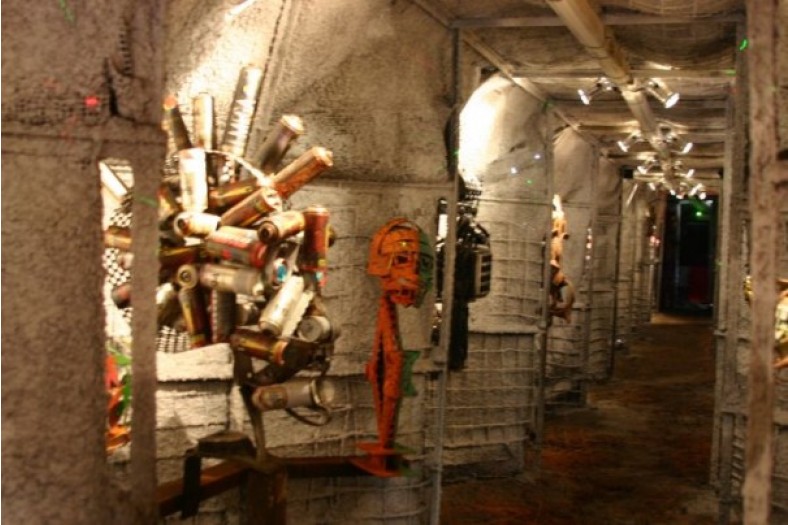
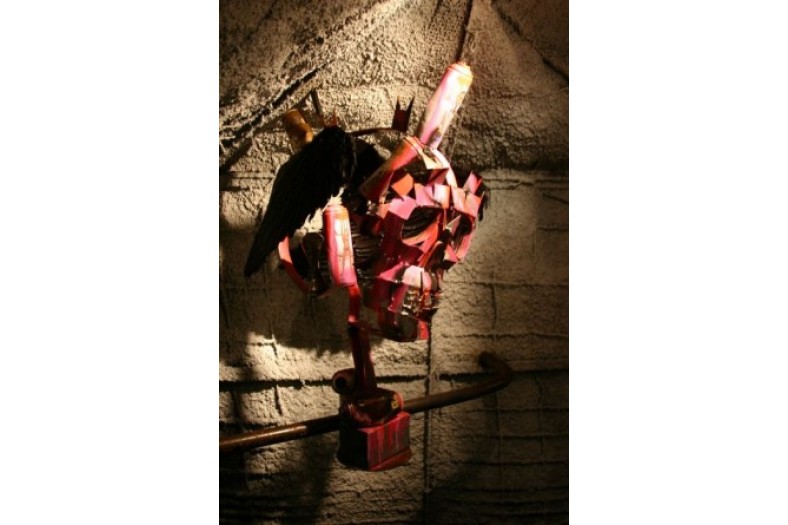
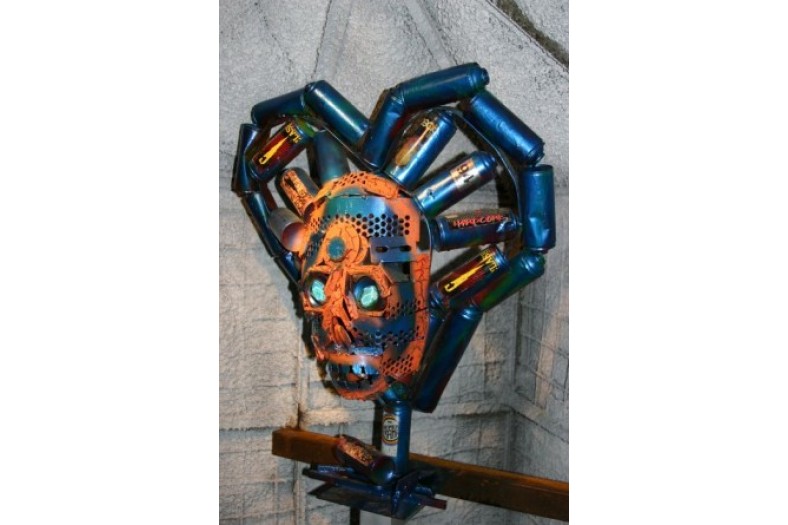
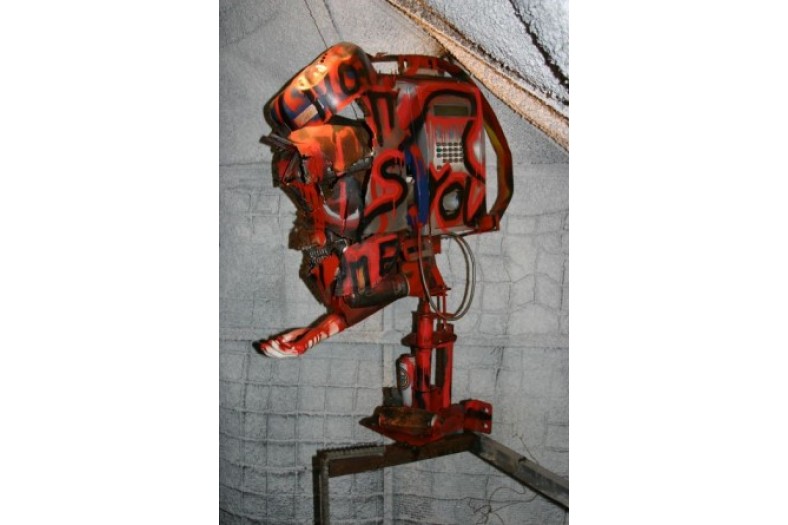
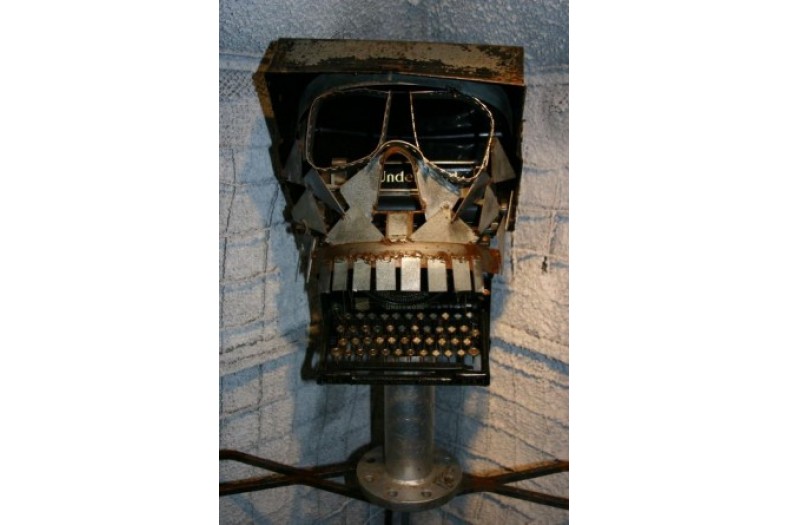
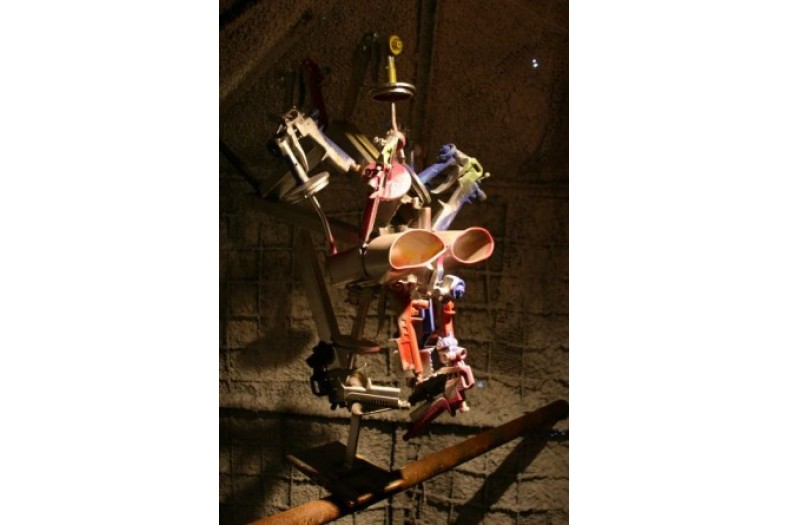
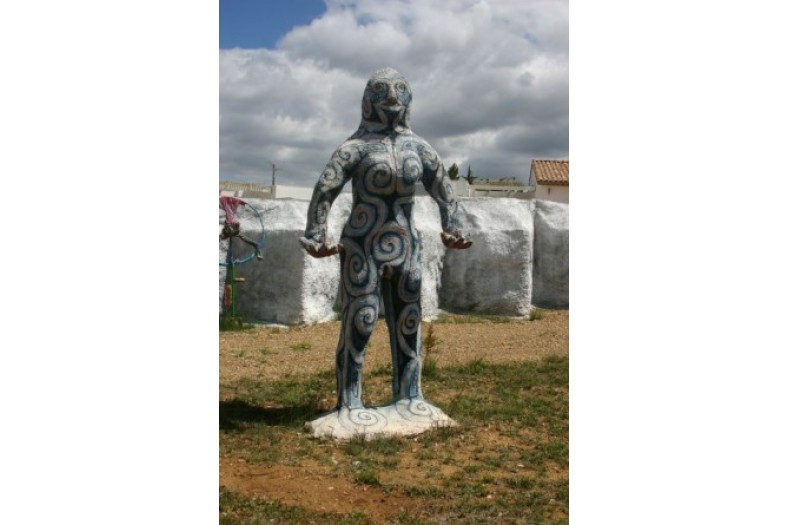
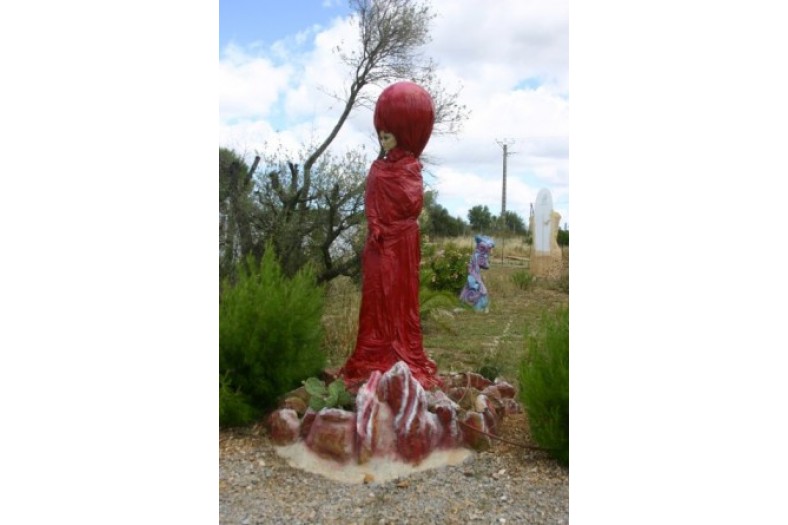
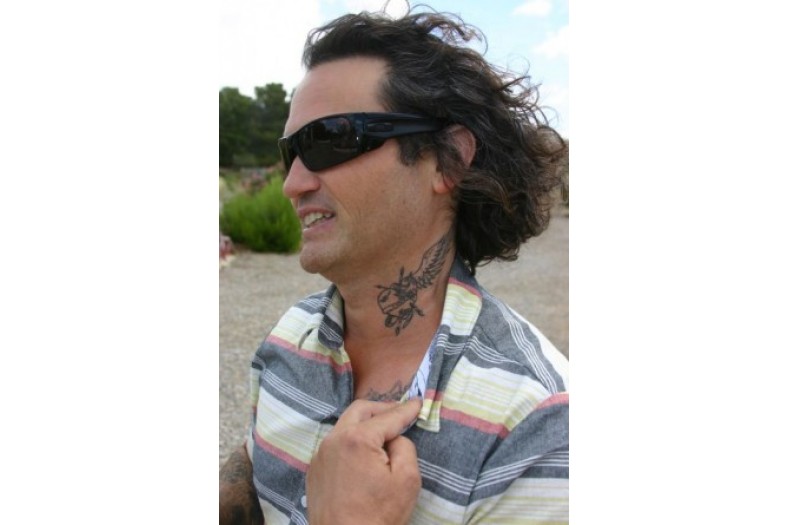
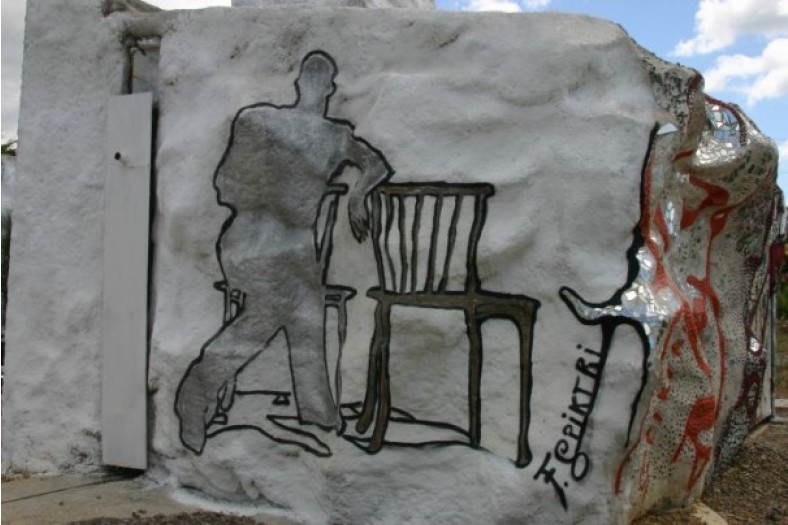
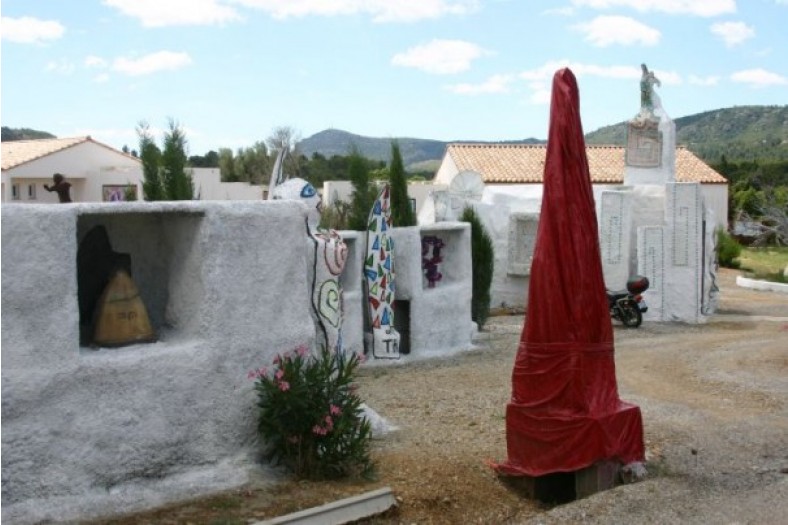
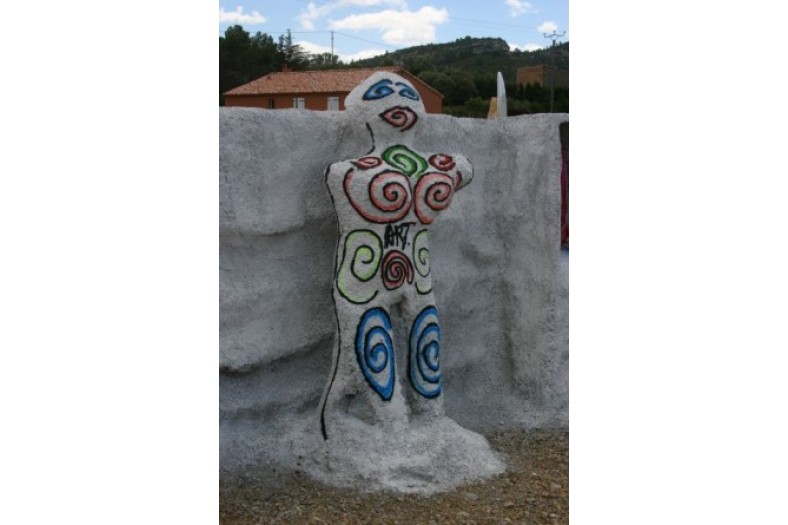
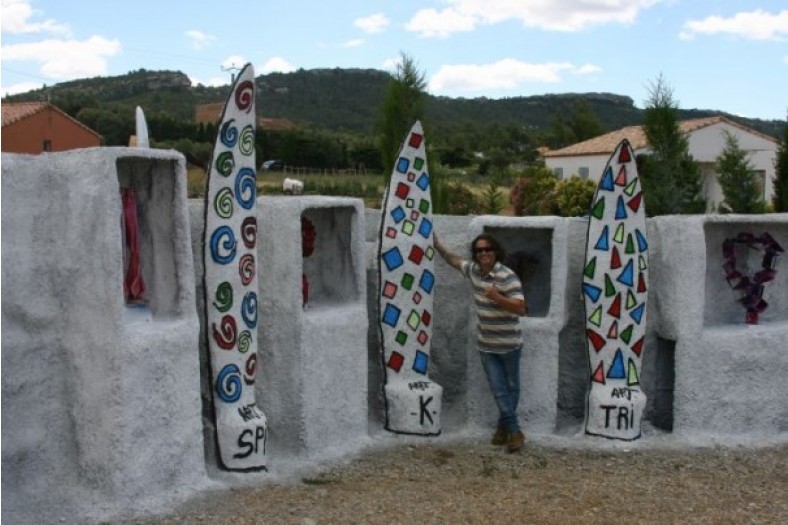
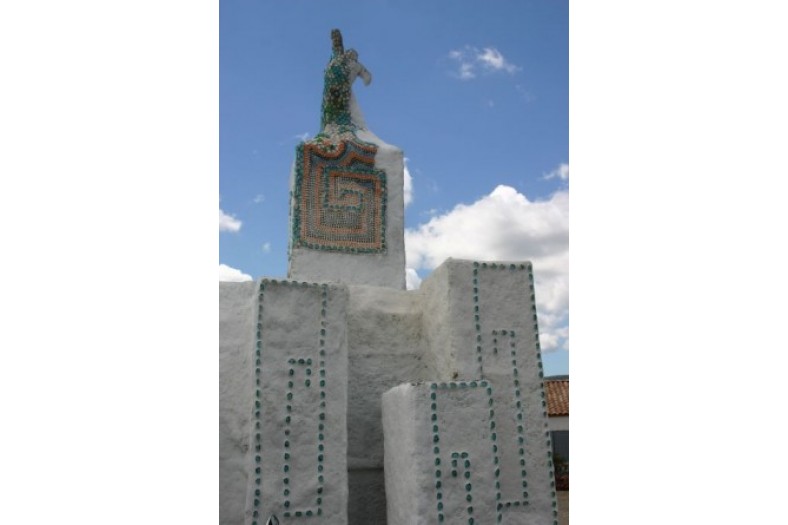
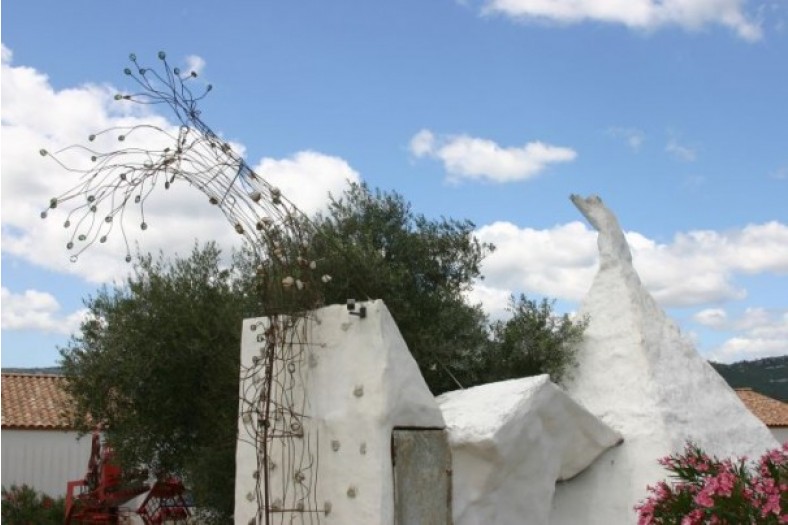
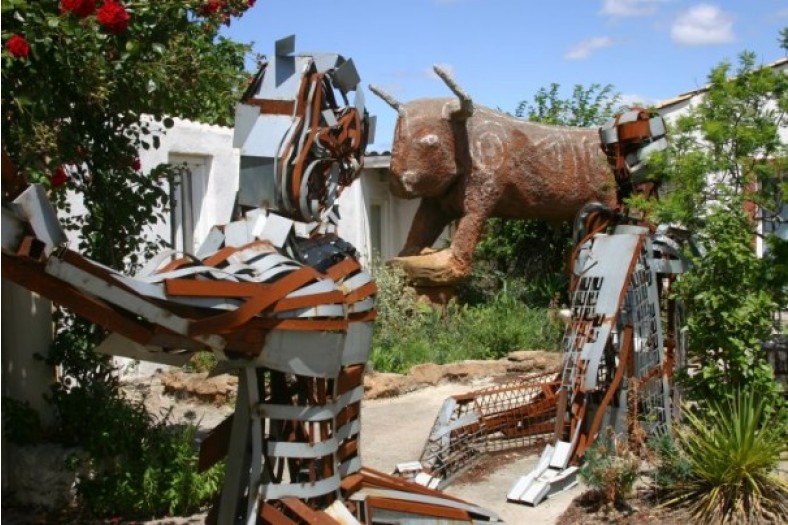
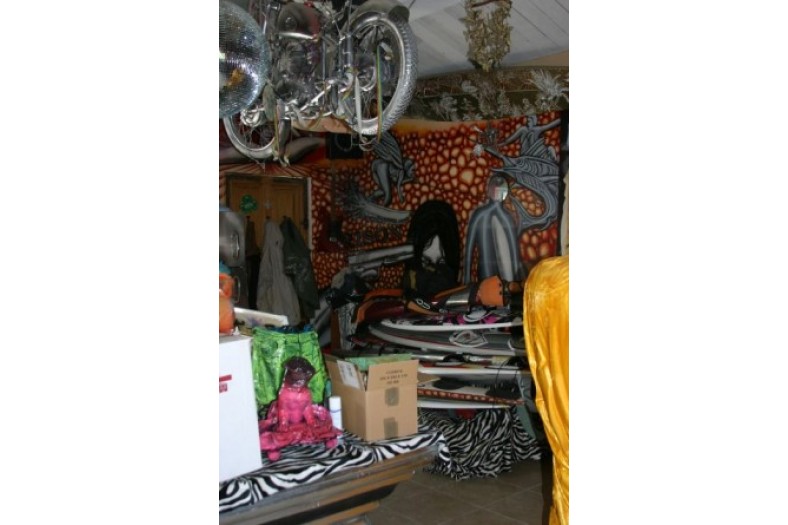
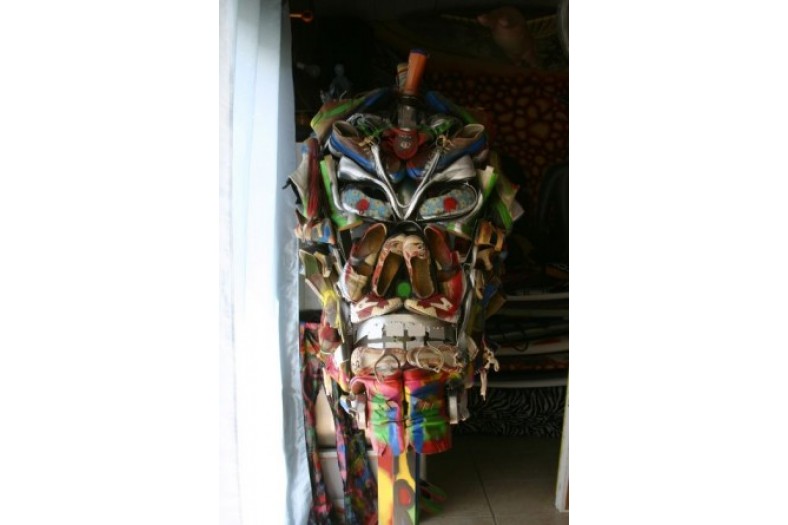
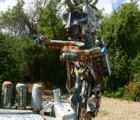
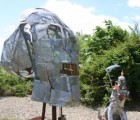
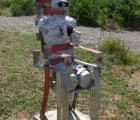
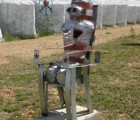
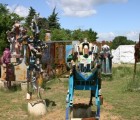
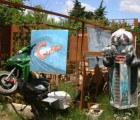
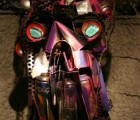
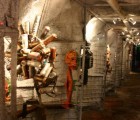
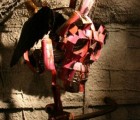
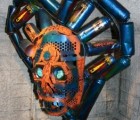
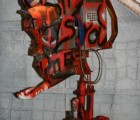
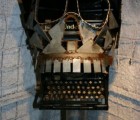
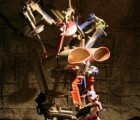
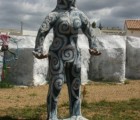
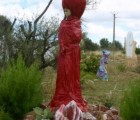
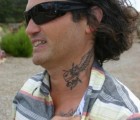
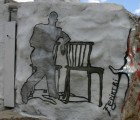
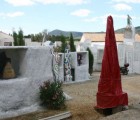
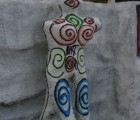
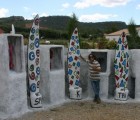
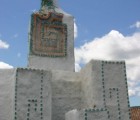
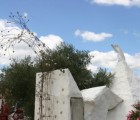
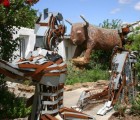
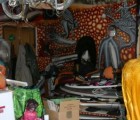
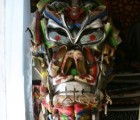
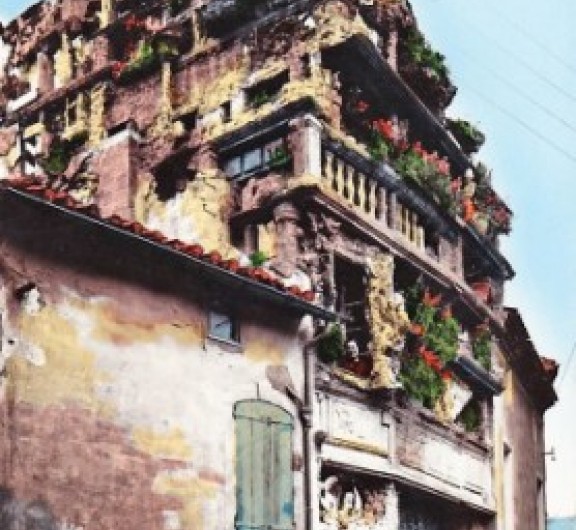
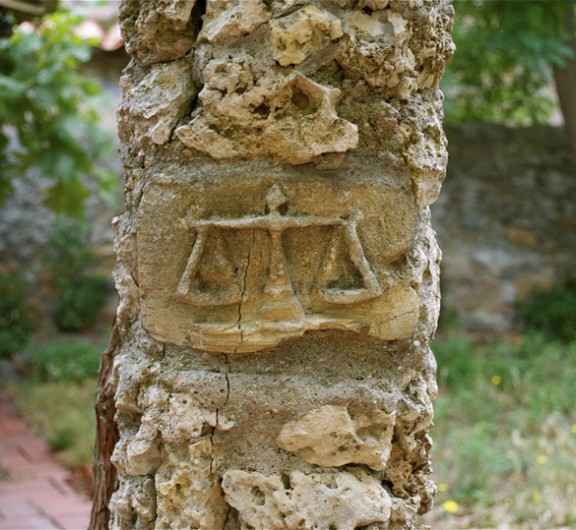
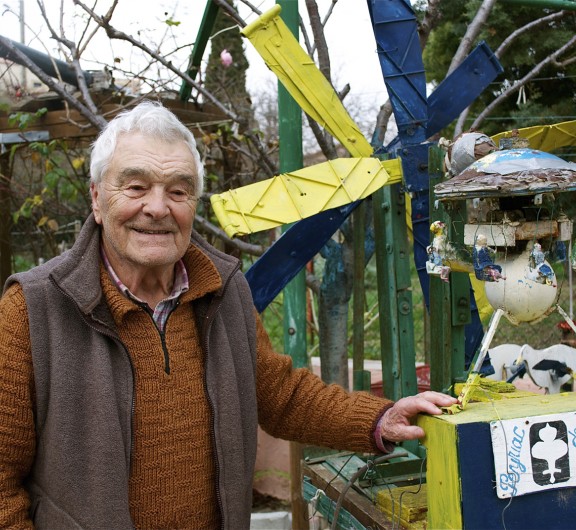
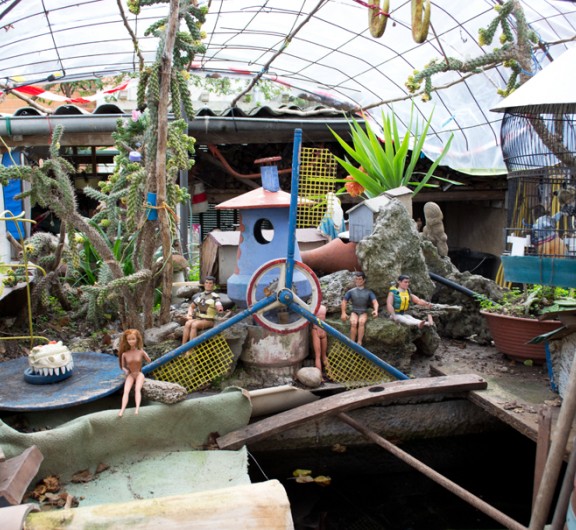

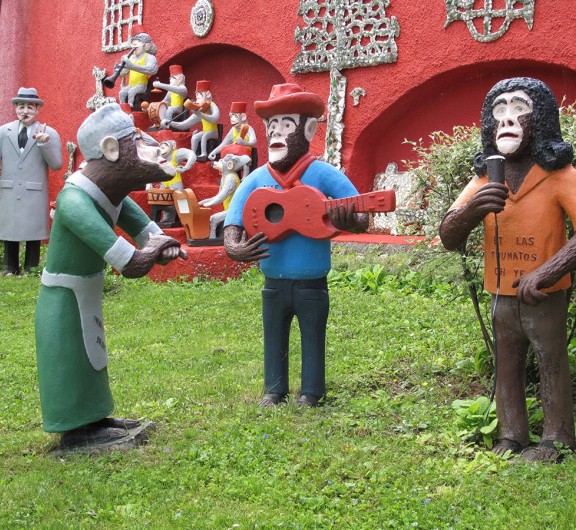

Post your comment
Comments
No one has commented on this page yet.